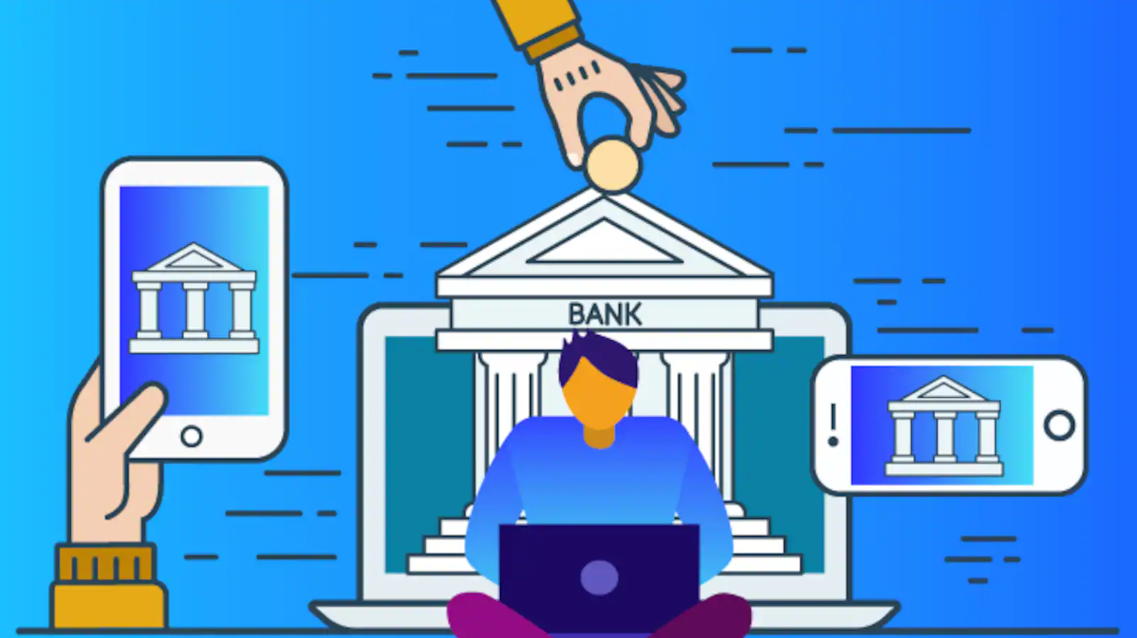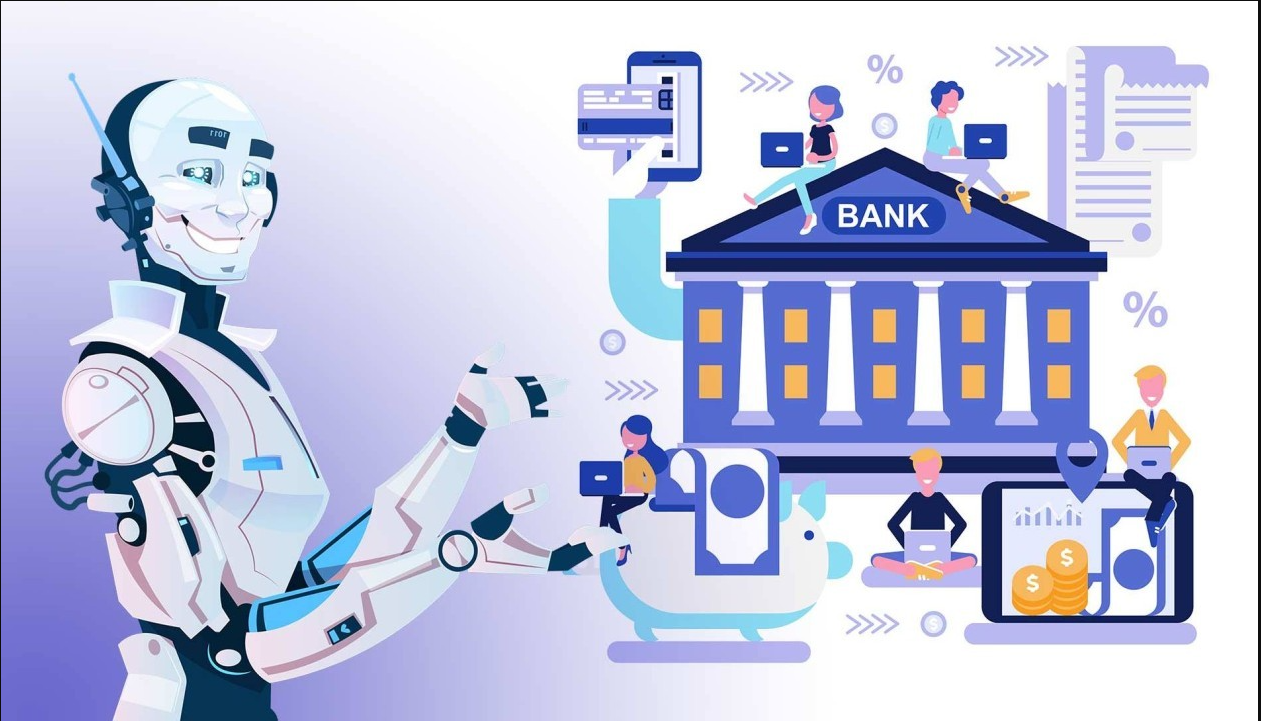The Role of Artificial Intelligence in Modernizing Banking Services
Banks have emerged as a leading force in adapting to the age of AI. In a bid to keep up with this new market trend, more and more financial institutions are making use based approach towards modernization: coming up with innovative services that utilize AI related technologies to understand customers’ needs. That’s why banking is being transformed. For A half-century banks have been built on relationships of human trust: Now many, most in fact newly established ones with significant backing from industry giants, are network enterprises making the most of AI.
Banks use AI to Increase Efficiency, Improve Customer Experience, and Reduce Financial Risk
It is no easy feat getting AI to do anything, let alone handle hundreds, if not thousands of financial transactions accurately and efficiently. This is an area where we stand at a turningpoint: on the one side are flowery predictions; on the other rocks.2025What kind of e- bank consumers will prefer by then is still up intheair but I think that with the changes brought about by immense transformations in the past few years especially after 2001 this question can no longer bebudgeted for just a few years as it might have been in 1985 or before. No-one can say exactly what shape e- banking will take as advances continue at accelerate
Banks turn to AI for Fast, Effective, Cost-Quality Solutions
Innovative technologies such as the use of AI will give banks a distinct advantage. Emerging technologies will help banks better understand their customers, therefore better meet customer requirements. This is helpful, because the banking industry is fundamentally based on trust. Needless to say, when the bank understands a customer better, it can match more accurately with what that customer wants.
Personalised Banking Services from AI
In many aspects of business transaction, cognitive machine learning and deep learning are making great progress. Add to this trend AI: Six Paths to the Future, soon enough it will be difficult to tell where one ends and the other begins. No one makes any serious attempt to spell out such a future. But in part perhaps this is because we do not have such advanced predictive technologies as we now do in AI and have not even fully understood all its possibilities and limits. We could look back to 1988 EMI and have an idea about how human beings interacted and learned at that time, just for fun. Many historic details
AI Helping Banks to Build Upoperational Efficient Bank Credit The Key Points of
Finance. Opinions and suggestions on AI and the developmentof banks in China are offered. AGRICULTURE: TAPPING WATER RESOURCES FOR GROWTH P53 AN IN-DEPTH INSIGHT By Li Zheng and Lin Mingda OPINION: A north Chinese city has just invested 688 million yuan in building aqueducts to bring water from the Yangtze River across 180 kilometers of sandy desert. All this appears very much at odds with the direction many development analysts would like to see things going; it looks as if we are heading for an Africa-style disaster
Automating Routine Tasks with AI
In banking, there are numerous repetitive operational tasks needing to be performed. AI technology now can not only relieve banking personnel of their more arduous work but it also permits software automation for many such operations as credit approvals by incorporating decision trees into software, thereby delivering better service in shorter periods and certain everyday operations more accurately than is humanly possible.
2. Predictive Analysis: Thanks to AI predictive analysis, banks can project how the market will change in future as well as forecast the behavior of their customers and their own losses. Banks can now use data from the past as well as predictive models to better inform their lending decisions and their investment strategies. Further, they can use it to improve risk management. In this way, they can take the initiative in responding to changes on the market and needs of customers alike.
3. Banking the Unbanked: Traditional credit scoring models often rely on limited data and so tend to give inaccurate assessments of a person’s ability to pay back loans on time. By including a wider range of social media data, transactions history and alternative financial information in the computation, AI transforms credit scoring so that it is both fairer and more precise.
Using AI to Minimize Risk
1. Compliance: AI helps banks wade through regulatory thicket by automating compliance processes and checking transactions according to the regulations in force. AI-driven compliance tools can sift through large data sets and flag problem reports. As a result, banks continue to comply with ever-changing regulatory requirements.
2 Risk Management: With AI, risk management is more efficient. Banks can use AI to evaluate many different areas of risk, such as credit risk, market risks and operating risks. Predictive models can indicate factors likely to cause risk and offer solutions, enabling banks to take action in advance.
3 Cybersecurity: As cyber threats become more sophisticated, AI plays a key role in improving defenses. AI-powered systems can nip cyber threats in the bud by identifying anomalies and potential breaches in real time. This protects sensitive customer information and maintains the bank’s readiness against cyber-attacks.
Challenges
But despite its many benefits, banking with AI does have some downsides. First and foremost are the worries about data security and privacy. Given the high level of customer detail that banks have, it is absolutely essential to guarantee that AI systems adhere to data protection rules.
Moreover, the application of AI requires large investments in technology and talent. In addition to blending AI with current systems, banks face problems finding suitable staff who can do the jobs that new technologies require.
AI’s Future in Banking
As the technologies readily available today evolve and develop further, AI will play an increasingly useful role in modernizing banking services. Indeed, AI’s future in banking could mean better still advances for customer personalization, automation and risk management. Organizations in the financial services sector, which will lead on industry innovation and customer service if they are able to take and use AI effectively, are at a huge advantage over others.
In summary, AI is revolutionizing the banking field by enhancing customer experiences, increasing operational efficiency and controlling risk. Through AI technologies, banks are able to offer more personalized, efficient and secure services. This sets the stage for new types of financial innovation. As it makes ever greater progress, AI’s impact on money-matters will surely expand even further: forming another round of transformation. This is a metamorphosis in future financial services.










